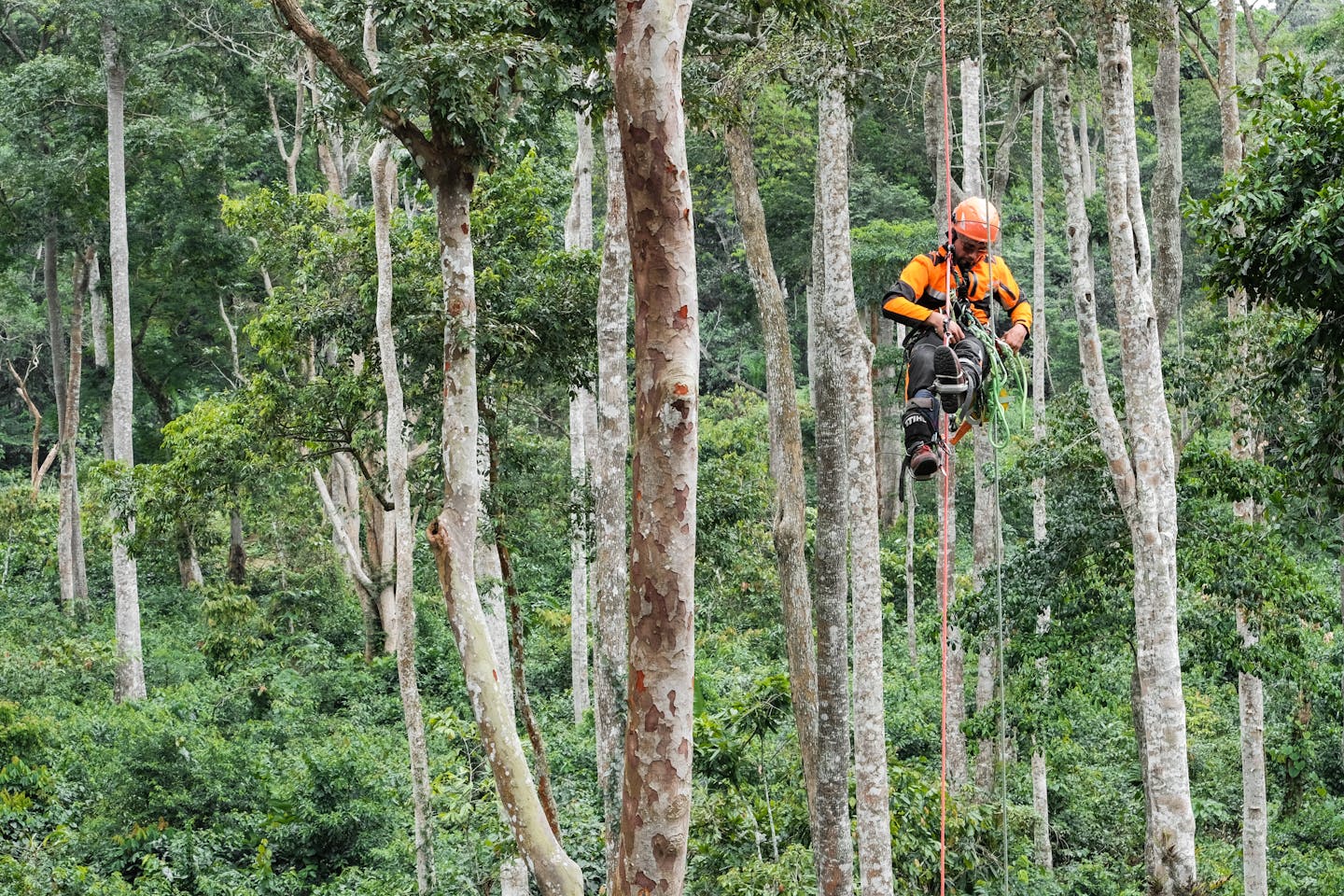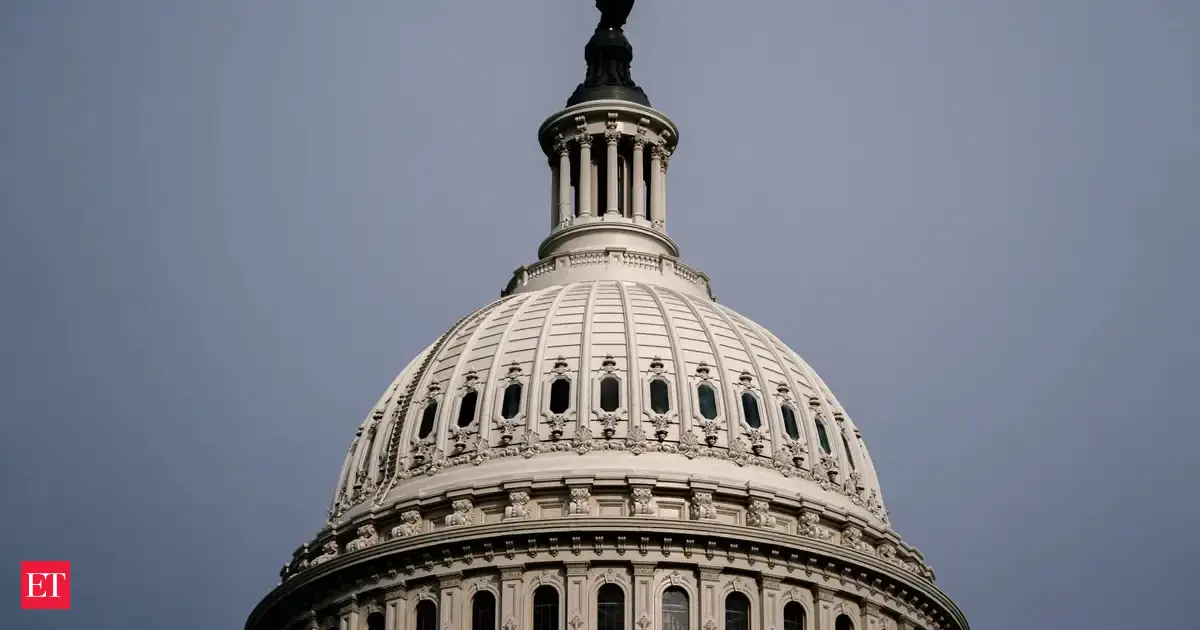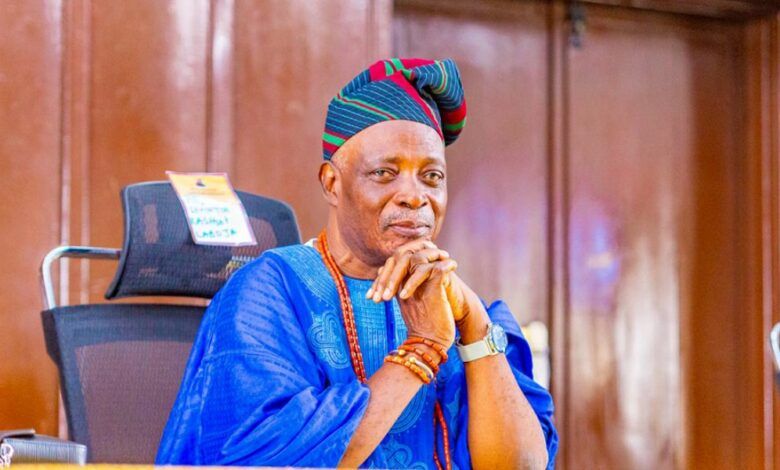By Eco-Business
Copyright eco-business

In a move to confront global deforestation, a coalition of 34 governments has launched a plan to unlock the billions of dollars needed to keep tropical forests standing.
The Forest Finance Roadmap for Action, launched during Climate Week in New York responds to the latest United Nations Environment Programme (UNEP) finding that an annual investment of US$66.8 billion is required to halt and reverse tropical forest loss by 2030.
The plan, developed by the Forest & Climate Leaders’ Partnership (FCLP), in collaboration with Brazil and supported by UNEP, identifies six priority solutions to bridge this finance gap. FCLP is co-chaired by the governments of the United Kingdom and Guyana, and its Asian members include Japan, Pakistan, Singapore, South Korea and Vietnam.
“This new forest finance paper…underlines that real solutions are already within our reach, with a menu of options that can move forward together at speed,” said Vickram Outar Bharrat, Guyana’s Minister of Natural Resources.
The roadmap was launched the same day Europe announced it would delay implementation of the EU Deforestation Regulation (EUDR), by a year – the second time it has done so. It cited technical problems as the reason for the delay, which was met with alarm by conservation groups.
The UNEP analysis listed a breakdown of the US$66.8 billion needed to close the forest financing gap – US$15.8 billion for forest protection, US$33.2 billion for restoration, and US$17.8 billion for agroforestry.
FCLP’s roadmap proposed a menu of six options to raise the necessary funding, with “conservative estimates” of what each solution could deliver by 2030. The coalition said it aims for the roadmap to inform discussions at the upcoming COP30 climate conference in Belém, where host country Brazil is advocating for discussions on forest finance.
The largest potential source of funds would come from mobilising private investments. As much as US$15 billion could be unlocked through the forest bioeconomy by encouraging investment in forest-based enterprises, according to the roadmap, although this assumes that at least US$5 billion in public finance is available to derisk private finance. According to the World Bank Group, this could take the form of loan guarantees by government-backed financial institutions.
Meanwhile, aligning agricultural and other corporate investments with risks identified through forest-related disclosures could generate US$10 billion. However, this would require that companies invest the equivalent of 20 per cent of reported value at risk.
In terms of fiscal policies and debt management, targeting public finance by realigning a portion of agricultural subsidies could free up US$8 billion, while redirecting just 1 per cent of debt service payments could yield US$4.9 billion.
Lastly, innovative financial mechanisms such as the Jurisdictional Reducing Emissions from Deforestation and Forest Degradation programme (JREDD+) and Tropical Forest Forever Facility (TFFF) could collectively raise about US$7.6 billion.
The JREDD+ solutions assumes that 300 million high-integrity jurisdictional-scale forest carbon credits would be sold between US$10 and US$20 per tonne, while the Brazil-led TFFF, which involves long-term payments to keep forests intact, requires US$25 billion in sponsored capital and US$100 billion raised through a senior debt tranche.
“With further innovation and investment, the roadmap’s solutions can unlock even greater flows of finance needed to halt and reverse forest loss,” FCLP said in its statement.
This story is generated as part of a trial to use generative artificial intelligence (genAI) tools in our news writing. Eco-Business will be publishing our editorial AI policy soon. For more information, contact us at news@eco-business.com.



